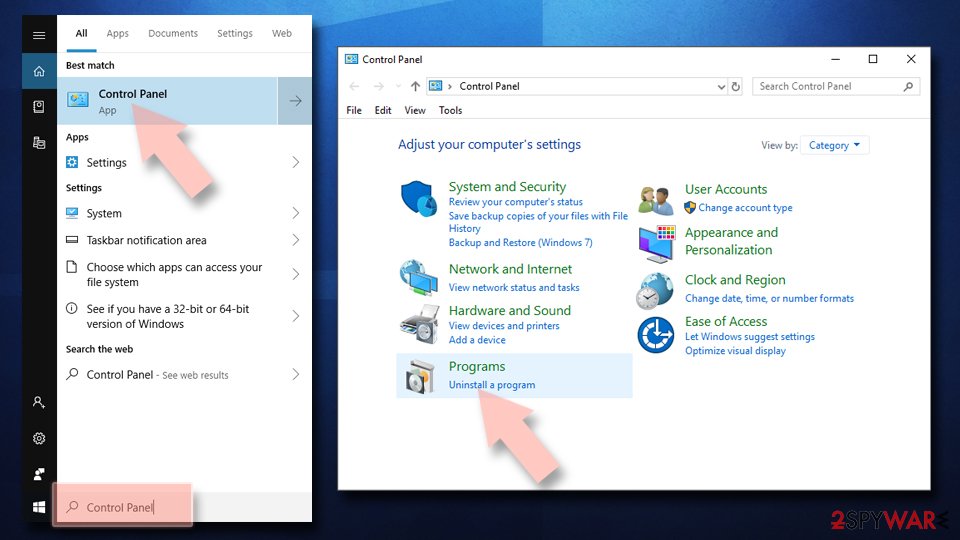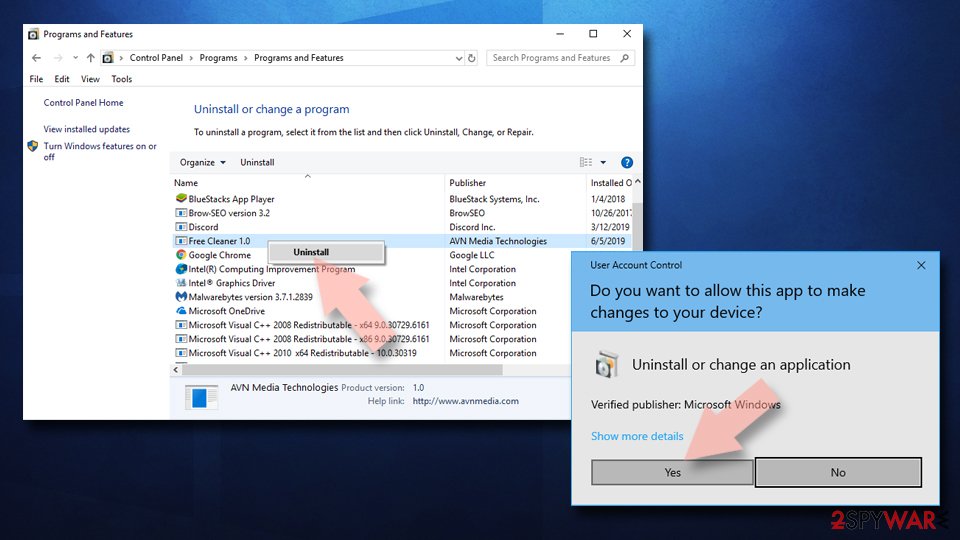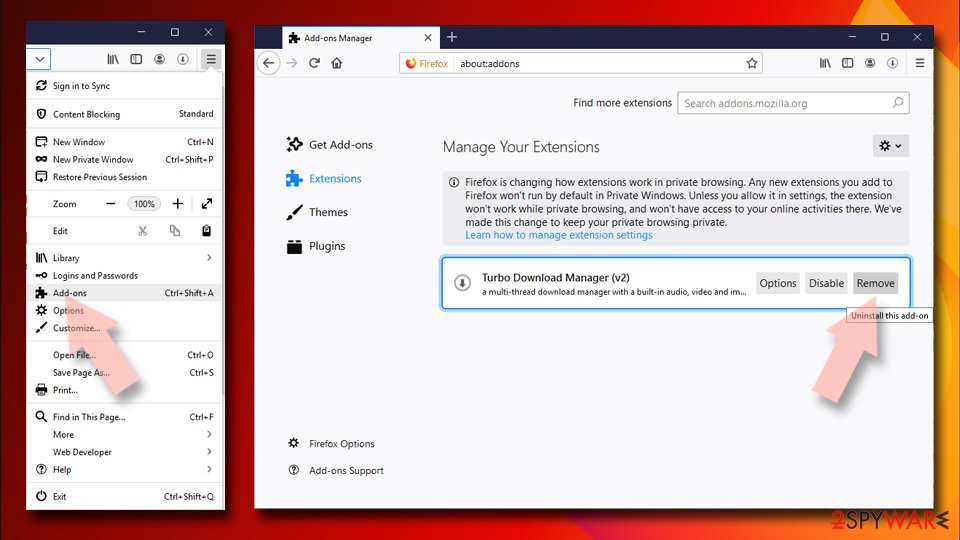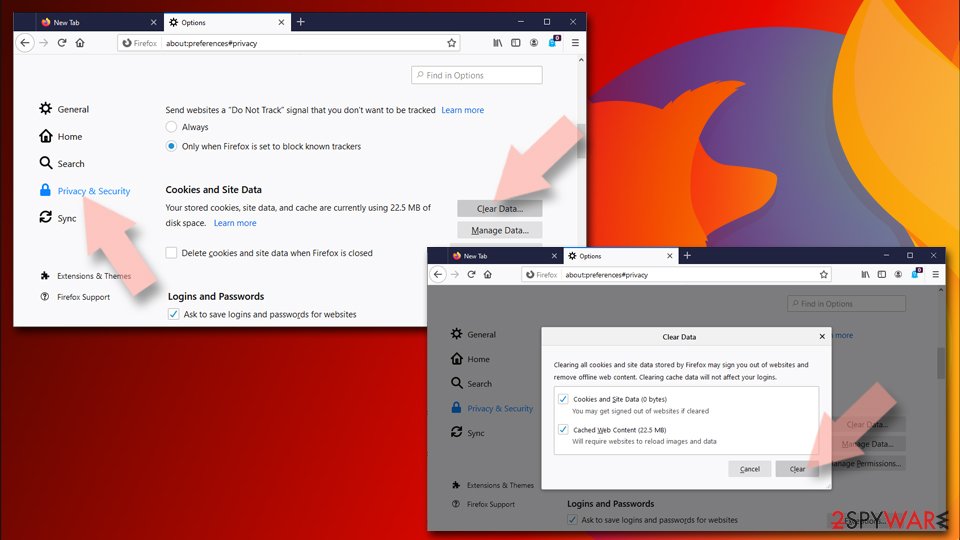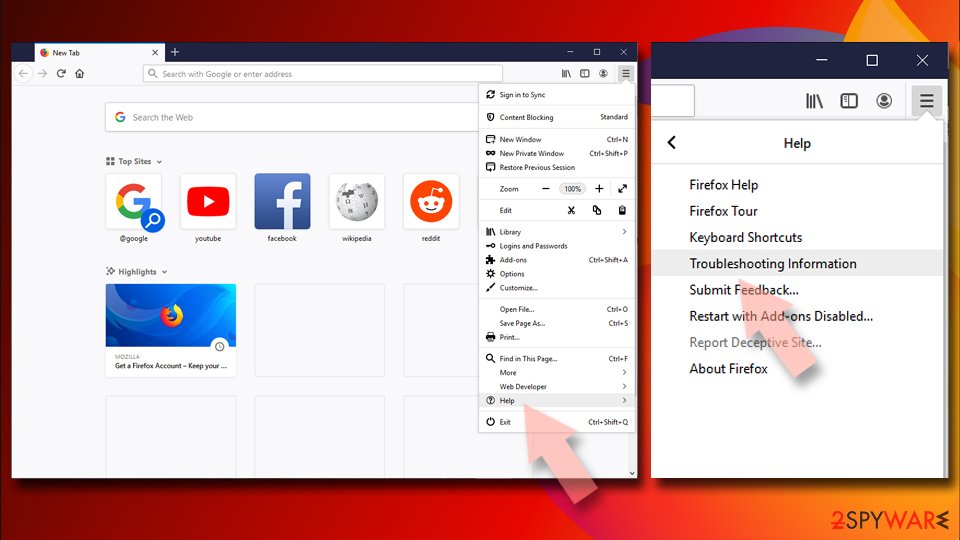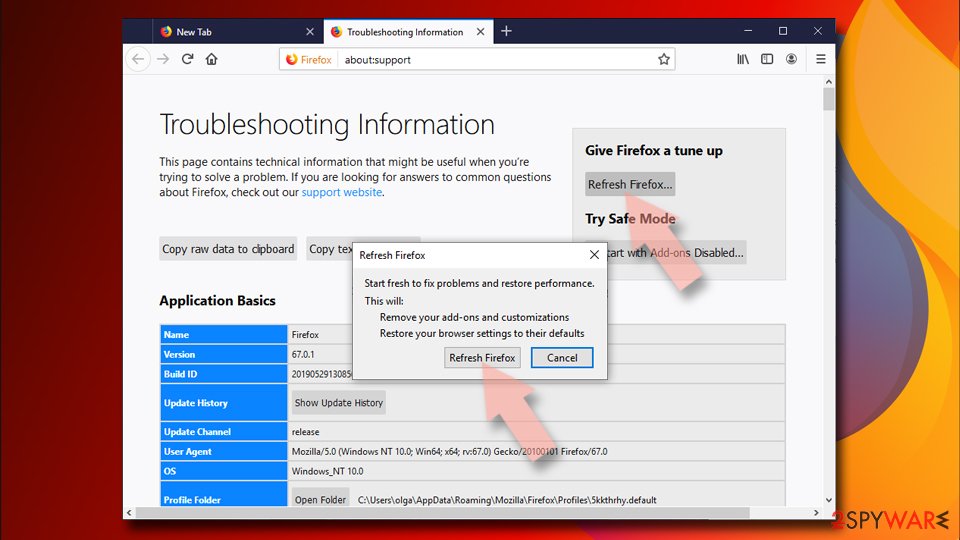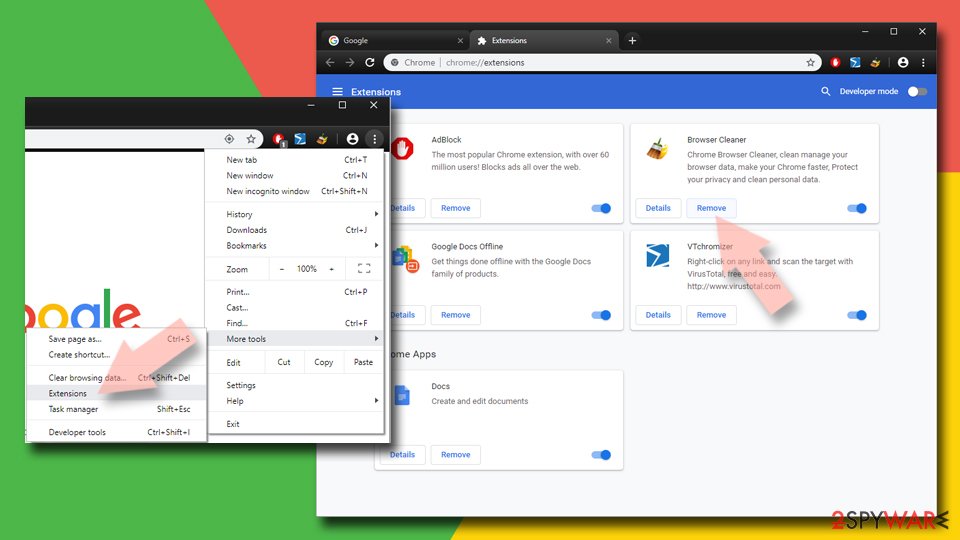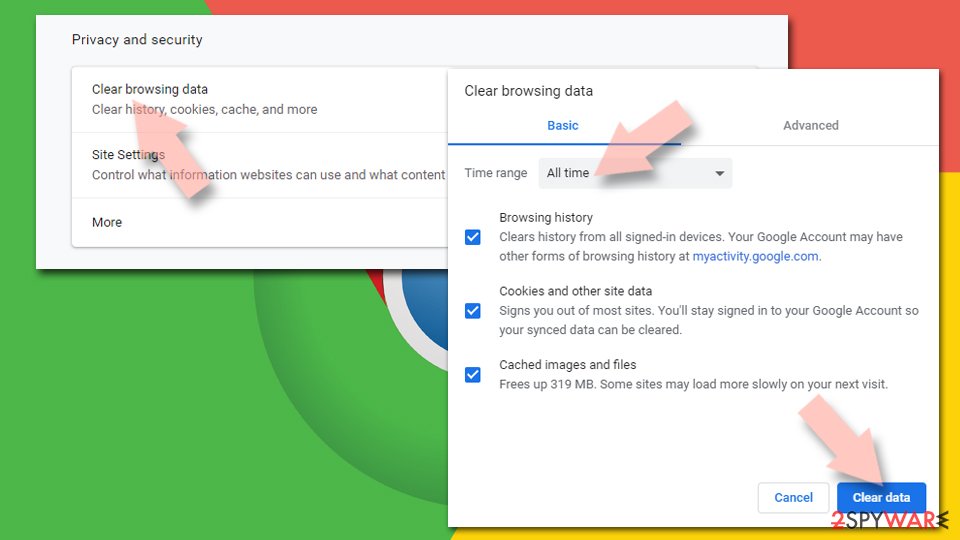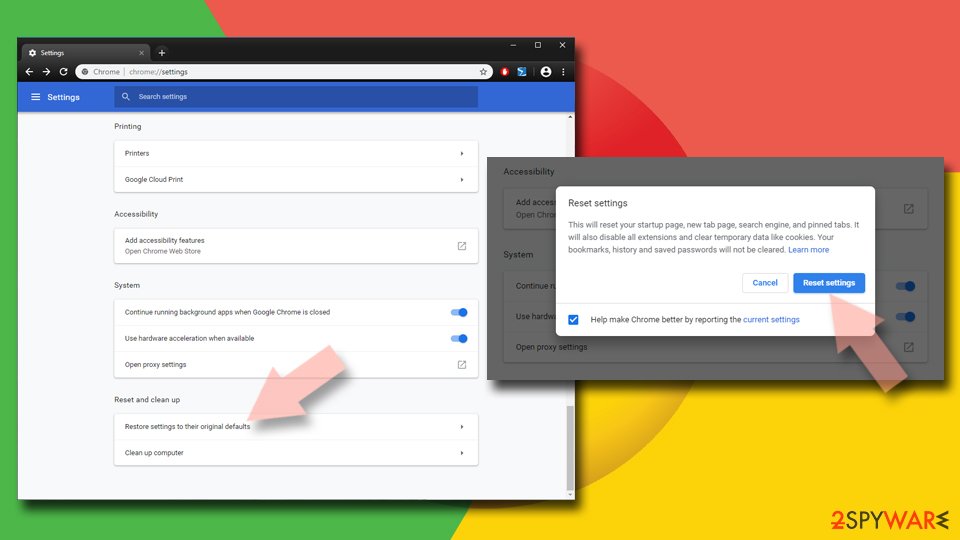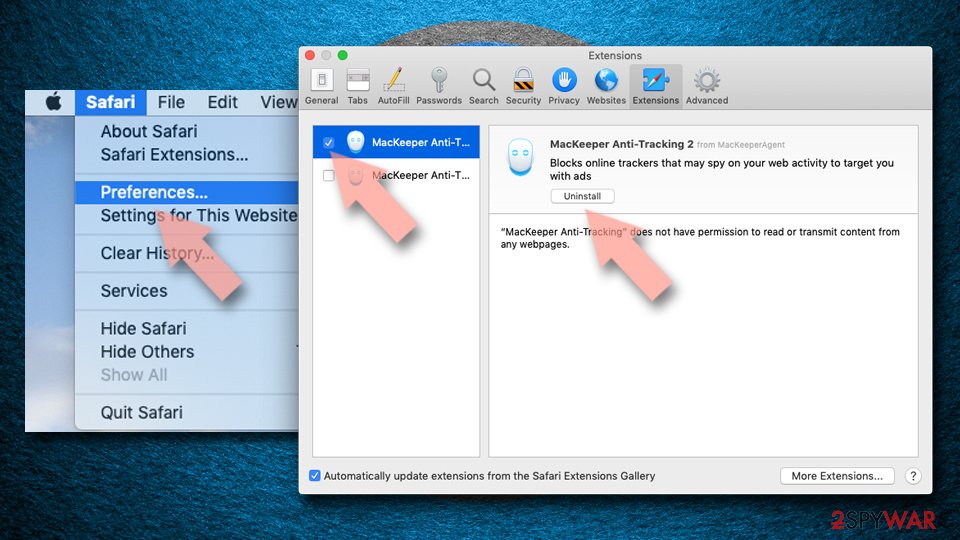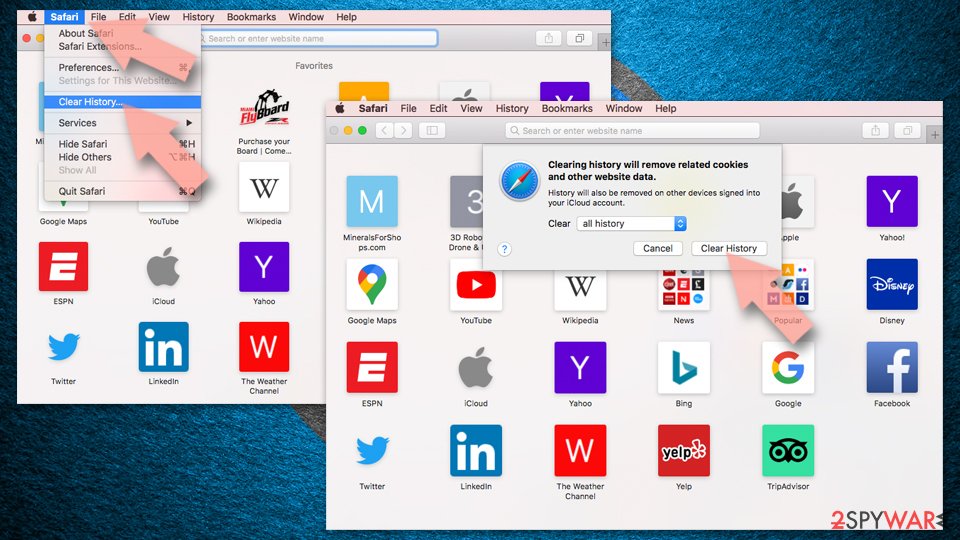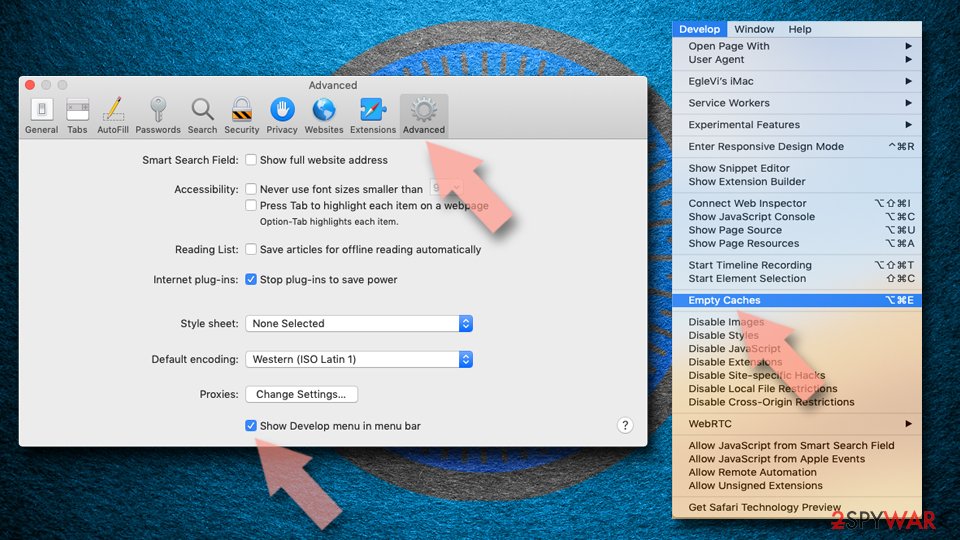Ads.diamonds (Free Guide) - Removal Instructions
Ads.diamonds Removal Guide
What is Ads.diamonds?
Ads.diamonds adware – a PUP which brings revenue from the pay-per-click method

Ads.diamonds adware is a potentially unwanted program which produces numerous advertisements that bring revenue to the developers. This PUP can infiltrate the system without any notice and start its annoying activity by infecting web browsers. Furthermore, Ads.diamonds virus starts providing numerous adverts and causing dubious or even potentially dangerous redirects. If you want to stop this kind of activity you should not hesitate and perform the elimination as soon as you spot the first adware-related symptoms.
| Name | Ads.diamonds |
|---|---|
| Category | Adware |
| Sub-category | PUP |
| Possible dangers | Can take you to sites which promote potentially dangerous content |
| Can be recognized from | “Connected to Ads.diamonds”, “Transferring data from Ads.diamonds”, “Waiting for Ads.diamonds”, etc. |
| Elimination | Install FortectIntego to complete the adware removal automatically |
You can recognize Ads.diamonds adware[1] from these marks:
- “Connected to Ads.diamonds”;
- “Transferring data from Ads.diamonds”;
- “Waiting for Ads.diamonds”;
- “Read Ads.diamonds”;
- “Looking up Ads.diamonds”.
If you have spotted these signs in your web browser, there are no doubts that your computer system and browsers are affected by the Ads.diamonds ad-supported program which requires elimination.
Not only that Ads.diamonds adware produces numerous annoying advertisements but it can also redirect you to dubious-looking websites which might include even potentially dangerous content. We guess you do not want to catch another even more serious computer infection…
What you need to do is to remove Ads.diamonds virus from your computer system and clean the infected web browsers. You can complete such process by using FortectIntego or manual elimination instructions that you can find below this article. However, we recommend taking care of the cyber threat automatically as it is a faster and more effective way.
Moreover, we recommend performing the Ads.diamonds adware removal because it has an ability to collect non-personal information which is related to your browsing activity. Developers gather data which includes various search queries and sites visited. These types of details are useful for ad creation and lets the owners benefit from the pay-per-click marketing method[2].

Take precautionary measures against adware-type applications
According to IT experts[3], potentially unwanted programs such as adware are commonly spread through a deceptive marketing model called “bundling”. Odd components come together with regular software and infiltrate the computer system secretly during the installation process. To prevent such activity, you need to pay attention while performing various installations. Moreover, you can track your incoming downloads in the Custom or Advanced section.
Furthermore, adware-type programs can spread through different kinds of websites. Some of the pages that we visit on the Internet might be provided by third-parties and come improperly disclosed. If you ever enter such suspicious content – be quick to eliminate the site immediately and perform a full computer scan with a reliable antivirus program to make sure that no unwanted content has infiltrated the system.
Terminate Ads.diamonds adware permanently
You can choose to perform the Ads.diamonds adware removal in two different ways. One is related to the manual elimination technique and has to be completed by the user himself/herself. This method requires way more attention and cautiousness while performing the entire process. You can find instruction related to this method below the text.
However, if you have decided to remove Ads.diamonds virus automatically, get a reliable and expert-tested antivirus. These programs will ensure that the deletion will be performed safely in just a couple of minutes of time. Moreover, do not forget to refresh browsers that were affected by adware after you get rid of the cyber threat.
You may remove virus damage with a help of FortectIntego. SpyHunter 5Combo Cleaner and Malwarebytes are recommended to detect potentially unwanted programs and viruses with all their files and registry entries that are related to them.
Getting rid of Ads.diamonds. Follow these steps
Uninstall from Windows
Get rid of adware from your Windows operating system by following these below-given instructions:
Instructions for Windows 10/8 machines:
- Enter Control Panel into Windows search box and hit Enter or click on the search result.
- Under Programs, select Uninstall a program.

- From the list, find the entry of the suspicious program.
- Right-click on the application and select Uninstall.
- If User Account Control shows up, click Yes.
- Wait till uninstallation process is complete and click OK.

If you are Windows 7/XP user, proceed with the following instructions:
- Click on Windows Start > Control Panel located on the right pane (if you are Windows XP user, click on Add/Remove Programs).
- In Control Panel, select Programs > Uninstall a program.

- Pick the unwanted application by clicking on it once.
- At the top, click Uninstall/Change.
- In the confirmation prompt, pick Yes.
- Click OK once the removal process is finished.
Remove from Mozilla Firefox (FF)
Remove dangerous extensions:
- Open Mozilla Firefox browser and click on the Menu (three horizontal lines at the top-right of the window).
- Select Add-ons.
- In here, select unwanted plugin and click Remove.

Reset the homepage:
- Click three horizontal lines at the top right corner to open the menu.
- Choose Options.
- Under Home options, enter your preferred site that will open every time you newly open the Mozilla Firefox.
Clear cookies and site data:
- Click Menu and pick Settings.
- Go to Privacy & Security section.
- Scroll down to locate Cookies and Site Data.
- Click on Clear Data…
- Select Cookies and Site Data, as well as Cached Web Content and press Clear.

Reset Mozilla Firefox
If clearing the browser as explained above did not help, reset Mozilla Firefox:
- Open Mozilla Firefox browser and click the Menu.
- Go to Help and then choose Troubleshooting Information.

- Under Give Firefox a tune up section, click on Refresh Firefox…
- Once the pop-up shows up, confirm the action by pressing on Refresh Firefox.

Remove from Google Chrome
Refresh Google Chrome and remove all adware-related components from the infected web browser:
Delete malicious extensions from Google Chrome:
- Open Google Chrome, click on the Menu (three vertical dots at the top-right corner) and select More tools > Extensions.
- In the newly opened window, you will see all the installed extensions. Uninstall all the suspicious plugins that might be related to the unwanted program by clicking Remove.

Clear cache and web data from Chrome:
- Click on Menu and pick Settings.
- Under Privacy and security, select Clear browsing data.
- Select Browsing history, Cookies and other site data, as well as Cached images and files.
- Click Clear data.

Change your homepage:
- Click menu and choose Settings.
- Look for a suspicious site in the On startup section.
- Click on Open a specific or set of pages and click on three dots to find the Remove option.
Reset Google Chrome:
If the previous methods did not help you, reset Google Chrome to eliminate all the unwanted components:
- Click on Menu and select Settings.
- In the Settings, scroll down and click Advanced.
- Scroll down and locate Reset and clean up section.
- Now click Restore settings to their original defaults.
- Confirm with Reset settings.

Delete from Safari
Remove unwanted extensions from Safari:
- Click Safari > Preferences…
- In the new window, pick Extensions.
- Select the unwanted extension and select Uninstall.

Clear cookies and other website data from Safari:
- Click Safari > Clear History…
- From the drop-down menu under Clear, pick all history.
- Confirm with Clear History.

Reset Safari if the above-mentioned steps did not help you:
- Click Safari > Preferences…
- Go to Advanced tab.
- Tick the Show Develop menu in menu bar.
- From the menu bar, click Develop, and then select Empty Caches.

After uninstalling this potentially unwanted program (PUP) and fixing each of your web browsers, we recommend you to scan your PC system with a reputable anti-spyware. This will help you to get rid of Ads.diamonds registry traces and will also identify related parasites or possible malware infections on your computer. For that you can use our top-rated malware remover: FortectIntego, SpyHunter 5Combo Cleaner or Malwarebytes.
How to prevent from getting adware
Protect your privacy – employ a VPN
There are several ways how to make your online time more private – you can access an incognito tab. However, there is no secret that even in this mode, you are tracked for advertising purposes. There is a way to add an extra layer of protection and create a completely anonymous web browsing practice with the help of Private Internet Access VPN. This software reroutes traffic through different servers, thus leaving your IP address and geolocation in disguise. Besides, it is based on a strict no-log policy, meaning that no data will be recorded, leaked, and available for both first and third parties. The combination of a secure web browser and Private Internet Access VPN will let you browse the Internet without a feeling of being spied or targeted by criminals.
No backups? No problem. Use a data recovery tool
If you wonder how data loss can occur, you should not look any further for answers – human errors, malware attacks, hardware failures, power cuts, natural disasters, or even simple negligence. In some cases, lost files are extremely important, and many straight out panic when such an unfortunate course of events happen. Due to this, you should always ensure that you prepare proper data backups on a regular basis.
If you were caught by surprise and did not have any backups to restore your files from, not everything is lost. Data Recovery Pro is one of the leading file recovery solutions you can find on the market – it is likely to restore even lost emails or data located on an external device.
- ^ Adware. Techopedia. IT encyclopedia.
- ^ Pay-per-click. Wikipedia. The free encyclopedia.
- ^ ZonderVirus.nl. ZonedrVirus. Spyware news site.
